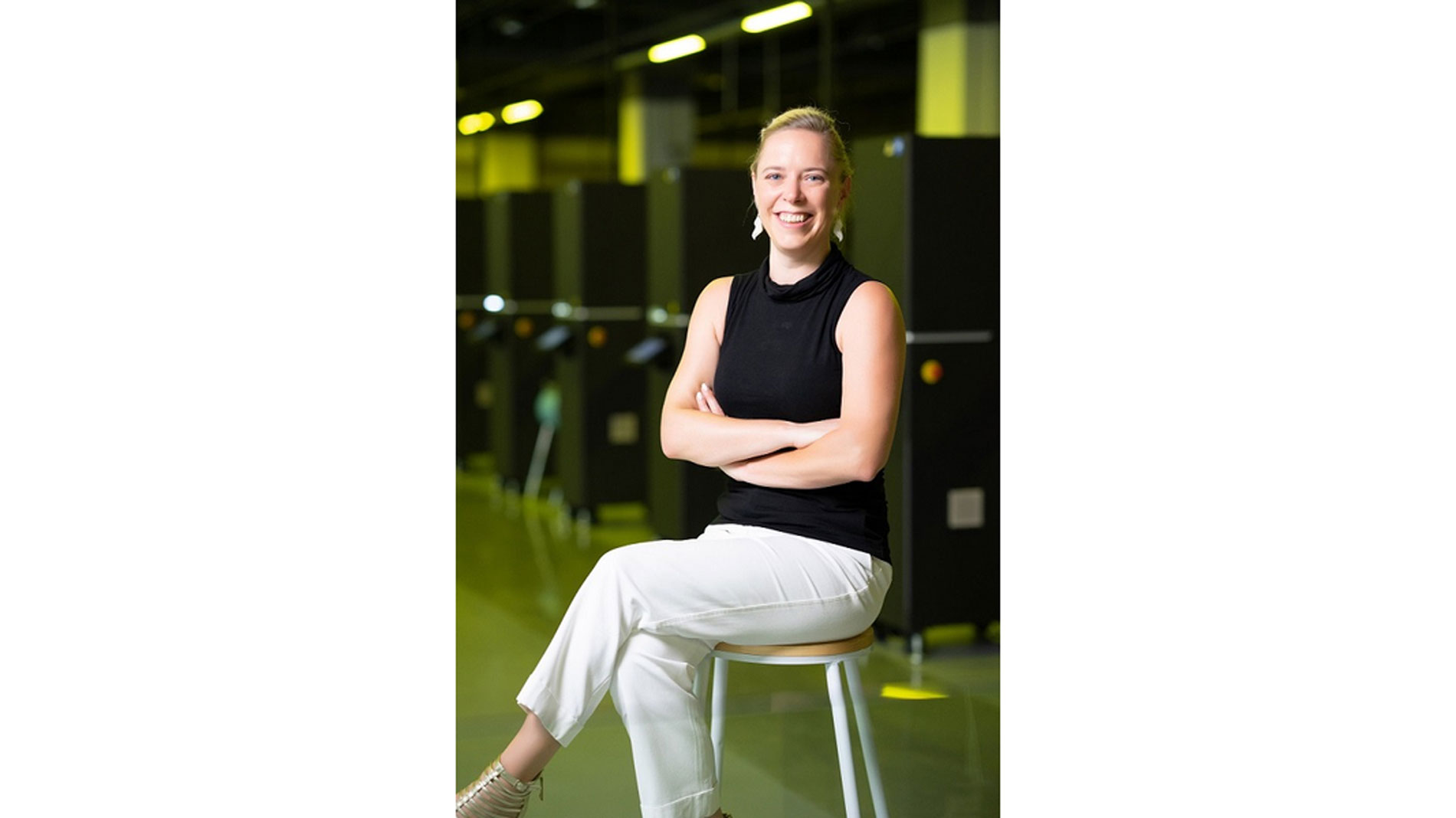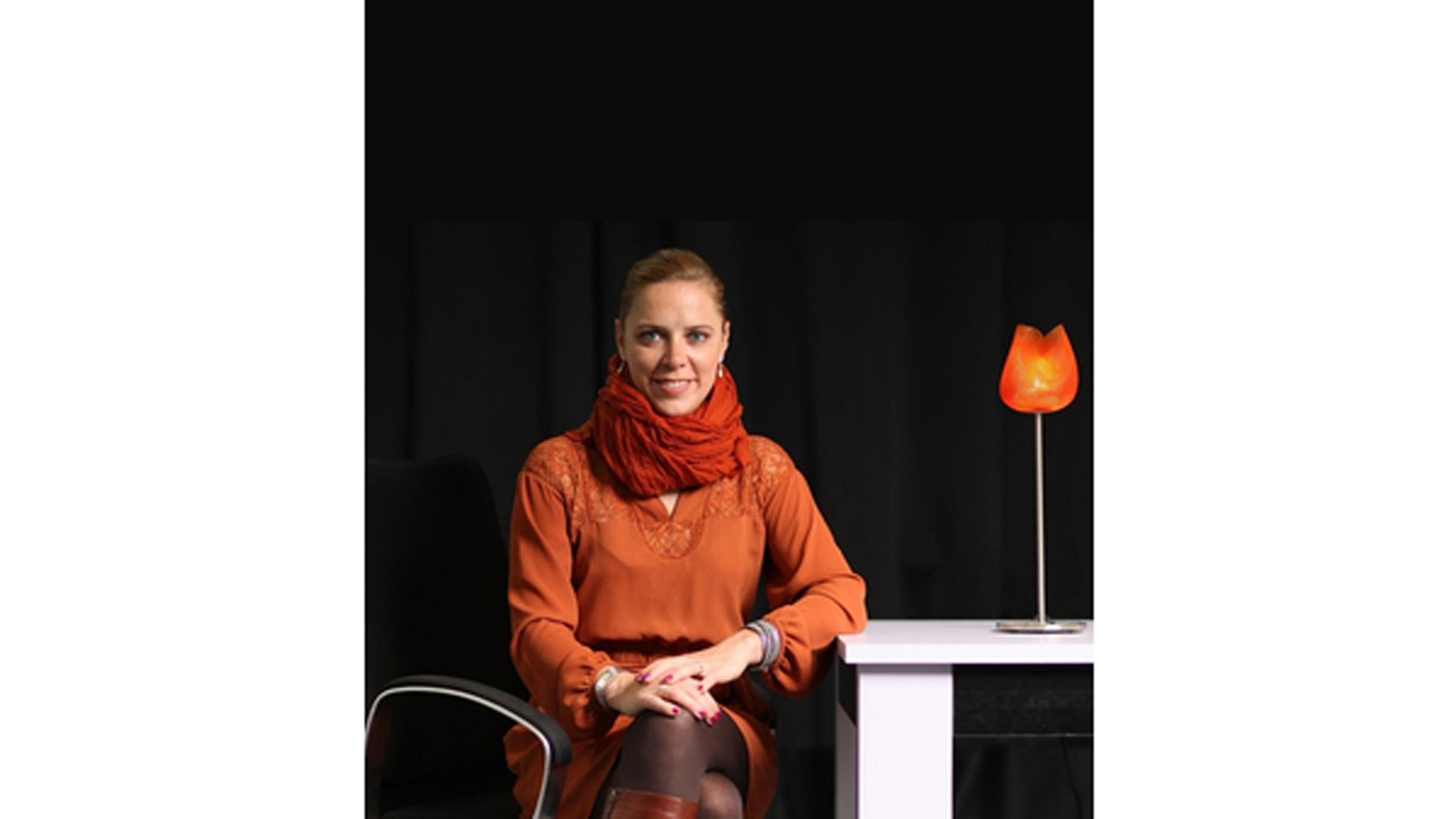Interview: Thomas Masuch; Photos: Kim Francois — 15 June 2020
Kim Francois has been living in China since the end of 2009. Besides having long been known as the face of Materialise in the country, she has now been working as Global Business Development Director for the young and successful AM company Heygears in Guangzhou since early 2020. We talked to her about her career, the development of the AM industry in China, and opportunities for international cooperation.

Ms. Francois, you’ve been living in China for almost 11 years and have discovered both the Chinese culture and the country’s AM industry. What was your initial motivation, and how did you get settled in?
FRANCOIS My dream was always to move to China, and after such a long time, I’m not completely thinking like a full-blown European anymore. After 10 beautiful years in Shanghai and at Materialise, I decided to move to Guangzhou to join Heygears. I’d been working closely with them for the last two-and-a-half years and admired their drive to get things done; I also wanted to dive even deeper into the Chinese culture and market. When I first moved to Shanghai with my husband, it was quite easy to get to know people, whether it was foreigners or local Chinese. From my perspective, the Chinese are also very open and curious people. During the last 10 years, Shanghai has become one of the most booming cities in Asia, and we have seen it turn more and more into »the New York of the East«. Guangzhou, on the other hand, is a bit less westernized, but I love the local Chinese culture of street food and am curious to explore the city further after the pandemic.
"In China, you can find a kind of »Silicon Valley« mentality. People constantly push the boundaries and do a lot of trial-and-error, which is something Europe can benefit from."

How did your adventure within the Chinese AM industry develop?
FRANCOIS When I first came to Materialise, I wasn’t familiar with 3D Printing; they were just looking for a Chinese-speaking foreigner who understood the Chinese culture. My background is sinology, which made me one of the few non-technical people who joined Materialise back in the day. During that time, the Chinese were still focusing on traditional manufacturing driven by cheap (or cheaper) labor, so from one point of view, you could say that the Chinese and I discovered AM together. When I look at the current status of the market and companies like Heygears, it’s incredible how fast it has developed over the last five years.
But then things changed quite quickly …
FRANCOIS Yes. When Xi Jinping came to power as China’s new president in 2012, he saw the need to change what people associate with »Made in China«. The new plan was to make sure that China’s industry combined smart manufacturing with traditional manufacturing in order to achieve the »Made in China 2025« plan. Additive Manufacturing is still regarded as one of the main drivers in reaching this goal. China embraced the technology, which started the rollercoaster ride we’re on now. As you’re probably aware, once the Chinese government throws its weight behind something, it offers platforms, provides funding for companies that are doing related research or activities with the programs they’re setting up, and enables both research and commercial companies to adopt the new technologies as soon as possible. This also means that existing manufacturers are free to combine smart manufacturing with their traditional technologies, which is where dental labs offer a perfect example.

What specifically did that mean for Additive Manufacturing?
FRANCOIS All of a sudden, there was a lot of hype behind it. In 2013 and 2014, we saw many desktop 3D-printing companies popping up out of nowhere. Since China’s government follows five-year plans, it’s always super interesting to see how everything changes in that span of time. If we look back at the situation in 2013, we see that the market landscape has completely changed and the majority of its desktop 3D-printing companies now no longer exist. Their business plans and setups weren’t ideal for the Chinese market; the beauty of it, however, is that they tried and the government was an enabler in the process. Others, like Heygears, BLT, Uniontech, and many more, have been able to establish a firm customer base by leveraging their technology, strength, and service-oriented mindsets. Right now, we’re seeing a maturing market in which the companies that are still in business are really serious and have grown tremendously over the last five years.
So, the AM industry in terms of equipment manufacturers has grown significantly. What’s your impression of the industrial applications and users of AM?
FRANCOIS In the past few years, I’ve been lucky enough to visit a lot of the companies involved in AM. I’ve been to small start-ups and giant manufacturers like Geely, and to both hospitals and research institutes. I was often on the road more than half the time, and obviously loving it. Visiting companies gives me new ideas and energy, and seeing what the Chinese have built up in the last five to 10 years is incredible! Every company adopts the technology a bit differently, and business models also differ by region. Take the south, for example: A large part of the CNC machines have been replaced with stereolithography technology, which is why we’re now seeing thousands of SLA machines running in that part of the country. As a result, if you place your order before noon today, you could get a prototype delivered to your company by six o’clock this evening at the latest. Isn’t that amazing?
And what about metal?
FRANCOIS I’ve been impressed by how fast they have picked up metal printing here. Currently, it’s mainly being used in the aerospace and aviation industry, as well as in the medical field. There are service bureaus with more than 100 metal machines, and some of them offer really large build platforms – up to a meter and a half in height, in fact. We’re seeing metal applied to the dental and shoe-molding industries, as well. All the dental labs are starting to use a completely automated workflow involving both plastic and metal 3D-printing machines – depending on the application at hand, of course. In the shoe industry, Materialise worked closely with Uniontech in Shanghai to enable machines to print a molded texture directly onto midsoles.

For Europeans and Americans, China and its industry are quite far away from both a regional and a cultural standpoint. Do you think that people in these Western regions are aware of what’s happening in the Chinese AM market and how it could affect the entire industry in the future?
FRANCOIS Last year, I was invited (and, of course, honored) to speak at the Women in AM industry forum in Berlin. I was surprised that so many activities going on in China hadn’t reached the Western countries and a lot of people still weren’t aware of what the country has been doing in recent years. I’m looking forward to changing that, and one thing that will help is China’s status as a partner country for Formnext 2020.
What do you have your eye on as the main reason why we should pay more attention to China?
FRANCOIS I often have the feeling that people are afraid of the unknown, and China is something of an unknown for Europeans. It’s still common for China to be cast in a negative light in the Western media, and it’s very unfortunate that the positive things that have happened here in the last few years (and decades, for that matter) are often not mentioned or don’t get sufficient coverage. As a foreigner who has been working in China for more than 10 years – first for a Belgian company and now for Heygears, a Chinese company (as the only foreigner, by the way) – I believe that China and Europe can make each other stronger through collaboration. Of course, you need to find the right path and respect the different cultures. A Belgian company applying the same business model in China as it does in Belgium wouldn’t succeed, and it wouldn’t work the other way around, either. Examples like Best Buy (editor’s note: a US chain of big-box retail stores that sell consumer electronics products) teach us how one shouldn’t operate in China; companies like Siemens, on the other hand, are success stories that show how the German and Chinese cultures can go hand in hand.
How could both sides benefit from working together more closely?
FRANCOIS In China, you can find a kind of »Silicon Valley« mentality. People constantly push the boundaries and do a lot of trial- and-error, which is something Europe can benefit from. In my experience, Europeans often start by making plans for different options, work on those plans for a long time, and then – after careful consideration – start implementing the one they choose. The Chinese work more ad hoc: They try different options and move quickly. If an option doesn’t work, they discard it and go to the next one while learning from what went well and what didn’t along the way. It’s a very different way of working and neither one is better than the other, but the latter approach encourages a more entrepreneurial style.
Ms. Francois, thank you very much for this interesting interview.
Tags
- Additive Manufacturing
- Market reports and studies
